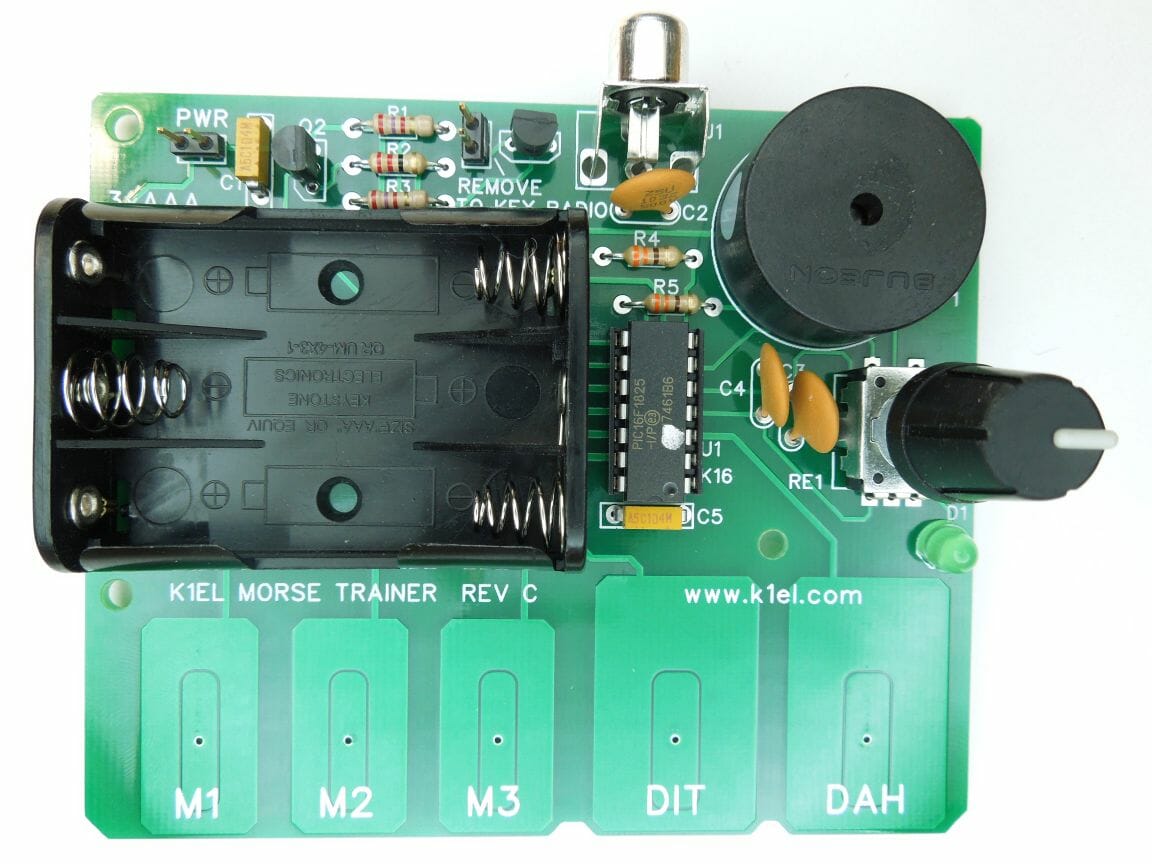We will hold a Technician License Class online via Zoom web conferencing from 8 am – 6 pm each day. You can register at Register For An Amateur Radio License Class
We will hold a Technician License Class online via Zoom web conferencing from 8 am – 6 pm each day. You can register at Register For An Amateur Radio License Class
In a previous post, I mentioned that myself and Jon Schoenberg AA1FH were teaching MIT Lincoln Laboratory’s first amateur radio course. The Lab strongly encourages professional education. Traditionally, these courses are centered around topics like Stochastic Estimation, Introduction to Electromagnetics, or Radar Principles. These courses tend to be very apropos to people’s day jobs and can sometimes be even more esoteric.
For this course, however, I embarked on something that was a bit more tangential — though relevant — to people’s day jobs. Spoiler alert: The class was a huge success! And I was pretty nervous overall to plan, manage, organize, and teach some of the classes. I remain shocked, stunned, and awed by the outpouring of interest people have for this hobby.
So what happy by-products resulted from this endeavor:
At work, the Technology Office is sponsoring a Build-Your-Own-X class, where X = (something fun). As an example, a Build-Your-Own-Radar currently exists. In this course, employees learn some radar theory, and then build their own radar, perform calibration, and do some testing on moving objects.
I took a shot and submitted a HABCAR (High-Altitude Balloon Carrying Amateur Radio) proposal. The wrinkle in this (which NARS has not done before) is for the flights to be global circumnavigations using WSPR. You can read a fair amount about this from the QRPLabs website and elsewhere on the web. In particular, M0XER has been quite busy; racking up a maximum number of 8 circumnavigations!
Luckily, many people at work have logged many hours flying and engineering the types of balloons needed for these flights. For instance, one has to use mylar balloons instead of latex since latex breaks down from long-term UV exposure. Additionally, one typically needs to worry about carrying ballast with these balloons. At night, as the air cools, the balloon has to release ballast in order to maintain a constant altitude.
After making a 4 minute elevator pitch, with some Q&A, I recently learned the HABCAR idea made it to the final round on January 18th. So, I need to think through more rigorously what a class built around this would look like in my presentation. I will have to present a Bill of Materials, list the support/help required, and outline the goals for each week of the class. It’s a lot of work. But it’ll be fun. Maybe after this project gets off the ground (pun intended), I can bring the lessons learned to NARS’ continuing STEM program.
Happy flying!
–Brian AB1ZO

The change of seasons brings us again to the darkest months, a good time to concentrate on indoor activities like station updates and kit building. This February 12th the club will hold its annual kit build during Tech Night. The kit selected this year is the Morse Tutor Keyer Kit by K1EL. You can have a quick look at the manual for this kit here.
As part of its STEM initiative, NARS has purchased a number of these kits in bulk and has been using them in student kit builds in local area schools. Buying directly from the club means getting a discount on the kit, and directly supporting this educational outreach.
BUY THE KIT HERE: MTB-KIT order page
The kit will supply the board and parts necessary to complete the project. You’ll need to bring appropriate tools including:
Don’t forget to bring batteries! The unit requires 3 AAA cells.
NARS has many new members since the last kit build. Those of us who have experience with kit building should lend a hand to those new to the adventure. Take a moment and help mentor your fellow club members, especially our youngest recruits, so they walk away with a working kit and the sense of accomplishment that goes with it.
Remember: Watch for the link on the website for ordering your kit.